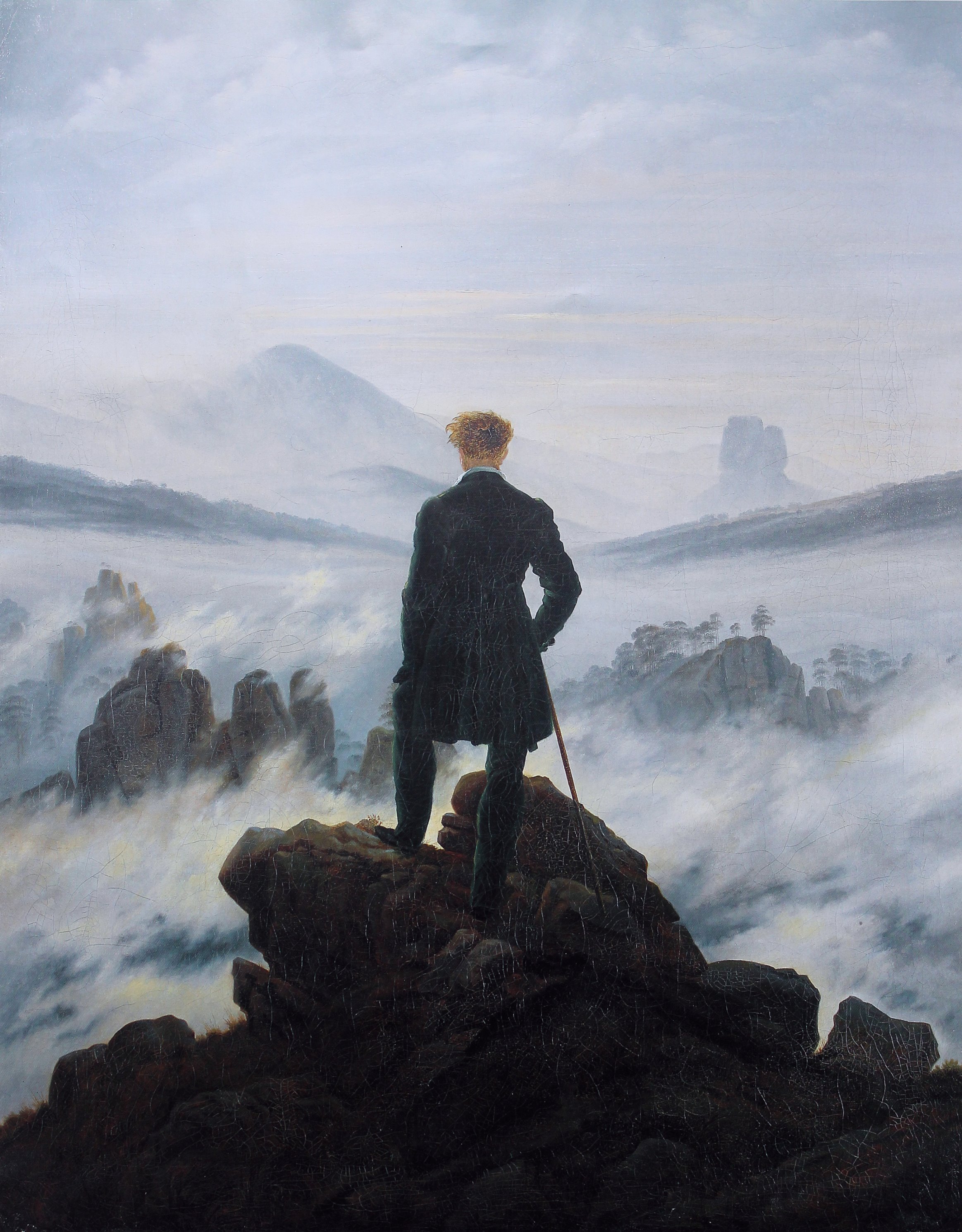|
|
LITR 4231
Early American Literature 2012 research post 2 |
|
Melissa Lopez
4/26/2012
Who were the free people of color of the Caribbean?
As a first generation Cuban-American whose family emigrated from Cuba in
search of a life free from Communistic rule, I have always been interested in a
variety of topics surrounding immigration. I grew up reading stories about the
Mayflower, Slave trade, and Operation Peter Pan in order to understand how
America became the “melting pot” it is today.
One day, while reading Thomas Sowell’s,
The Ethnic America: a History, I came
across the term “free people of color from the Caribbean” and was intrigued.
Although I’ve read on “free people of color” before, they had always been
former slaves whom had been freed while in America.
Who were these people?
Where in the Caribbean did they come from?
All these questions filled my mind and I knew I had to learn more
about these mysterious people.
According to Patrick Rael, author of
Black Identity and Black Protest in the
Antebellum North, the “free people of color” originated from St. Domingue
(off the island of Hispaniola) and other small islands in the Caribbean (such as
Cuba, Puerto Rico, and Barbados).
The term “people of color” originated in the Caribbean and was used to identify
a class of “free and skilled mulattoes” who usually worked as craftsmen or
merchants because in the Caribbean, “people of color” symbolized a “caste”
between those of “dark-complection slaves and white colonizers”.
Although the “free people of color” at times “aided their enslaved
brothers” such as when they fought for their freedom in the revolt against the
French, they often had slaves themselves or worked as slave catchers. In the
United States, the “free people of color” also aided in the poor treatment of
dark-complected blacks by isolating themselves and creating institutions that
only allowed light-complected “people of color” (Rael, 2002).
According to Barbara Fields of
Slavery and
Freedom on the Middle Ground,
“in the slave societies of the Carribean, white people’s share of the total
population ranged from a small minority to only a slight majority” thus, the
“free people of color” from the Caribbean created a “petite bourgeoisie” of
which “slave society could make use of” for small economic and “peacekeeping
functions” (Fields, 1985). Once in America, the free people of color formed a
separate class between the colonial French, Spanish and enslaved black African
workers. Due to their level of education, ownership of property and the desire
to remain free, they assimilated into the America culture often having slaves
themselves thus, “[trapping] them between masters and slaves” (Childs, 2010).
The “free
people of color” from the Caribbean weren’t just from Cuba but also from St.
Domingue Puerto Rico, and Barbados. After immigrating to parts of Louisiana,
they were faced with dilemma of assimilating to American culture or defending
their brethren. Although usually
educated and of wealthy background, the “free people of the color” of the
Caribbean were usually treated and placed in the same category of “dumb and
lazy” as African blacks by whites but were left alone due to their
light-complected skin.
Previously, I asked myself who the “free people of color” from the Caribbean
were and where they originated from; however, I now ask myself about the
experiences they underwent during their settling in America. Through my
research, I discovered several books discussing the origin of these mysterious
people and how they came about being called by the term “free people of color”
but I would have been more interested in learning about their plight to America
and the experiences they encountered regarding racism from the white colonizers
and the enslaved African slaves (thus, offering a very unique point of view).
Works Cited
Childs, Matt. Free People of Color. Google Books. 2010. Web. 26
Apr. 2012. <http://books.google.com/books?id=xKYeyD50N1sC>.
Fields, Barbara Jeanne. Slavery and Freedom on the Middle Ground: Maryland
during the Nineteenth Century. New Haven: Yale UP, 1985. Print.
Rael, Patrick. Black Identity and Black Protest in the Antebellum North.
Chapel Hill: University of North Carolina, 2002. Print.
Sowell, Thomas. Ethnic America: A History. New York: Basic, 1981. Print.
|
|
|
|


